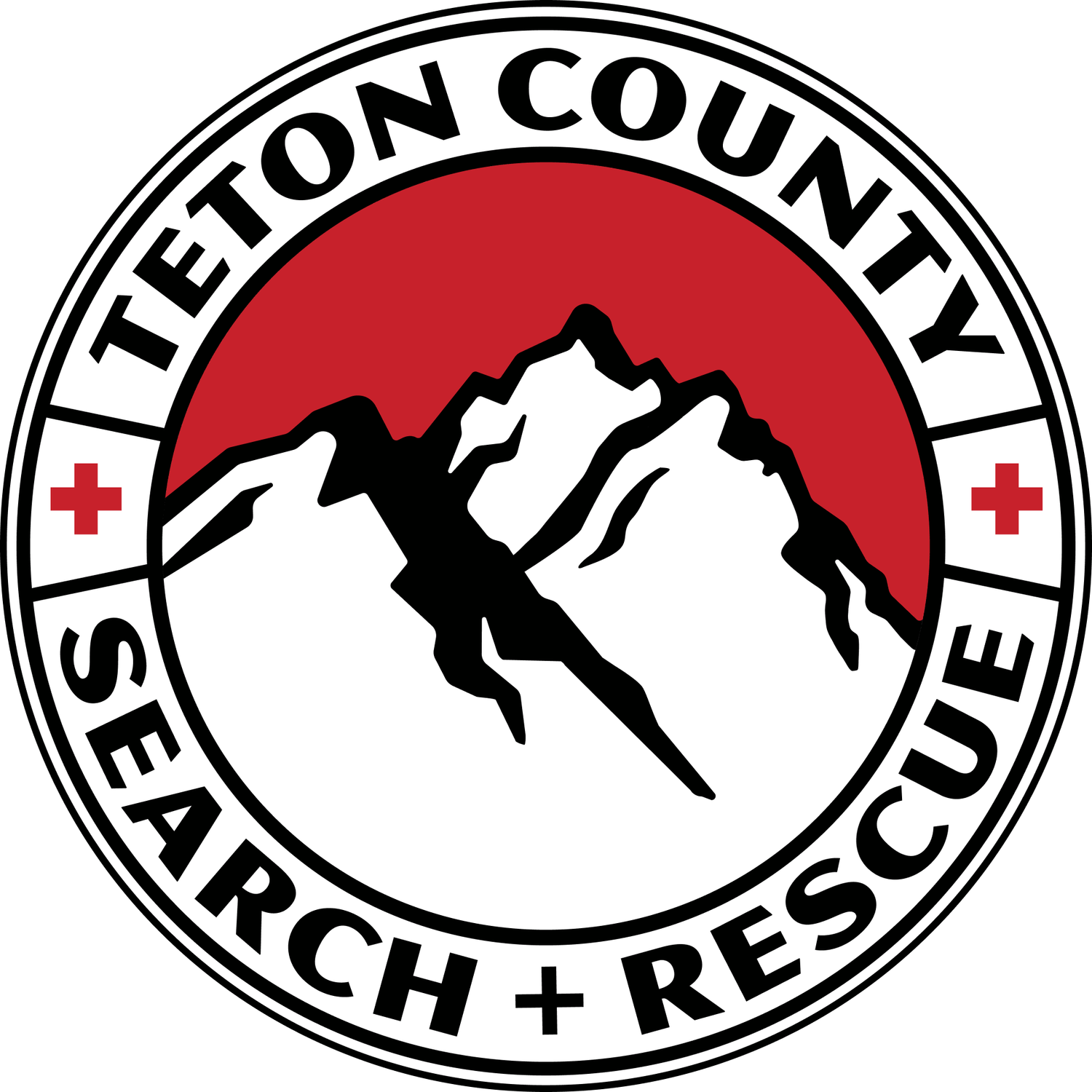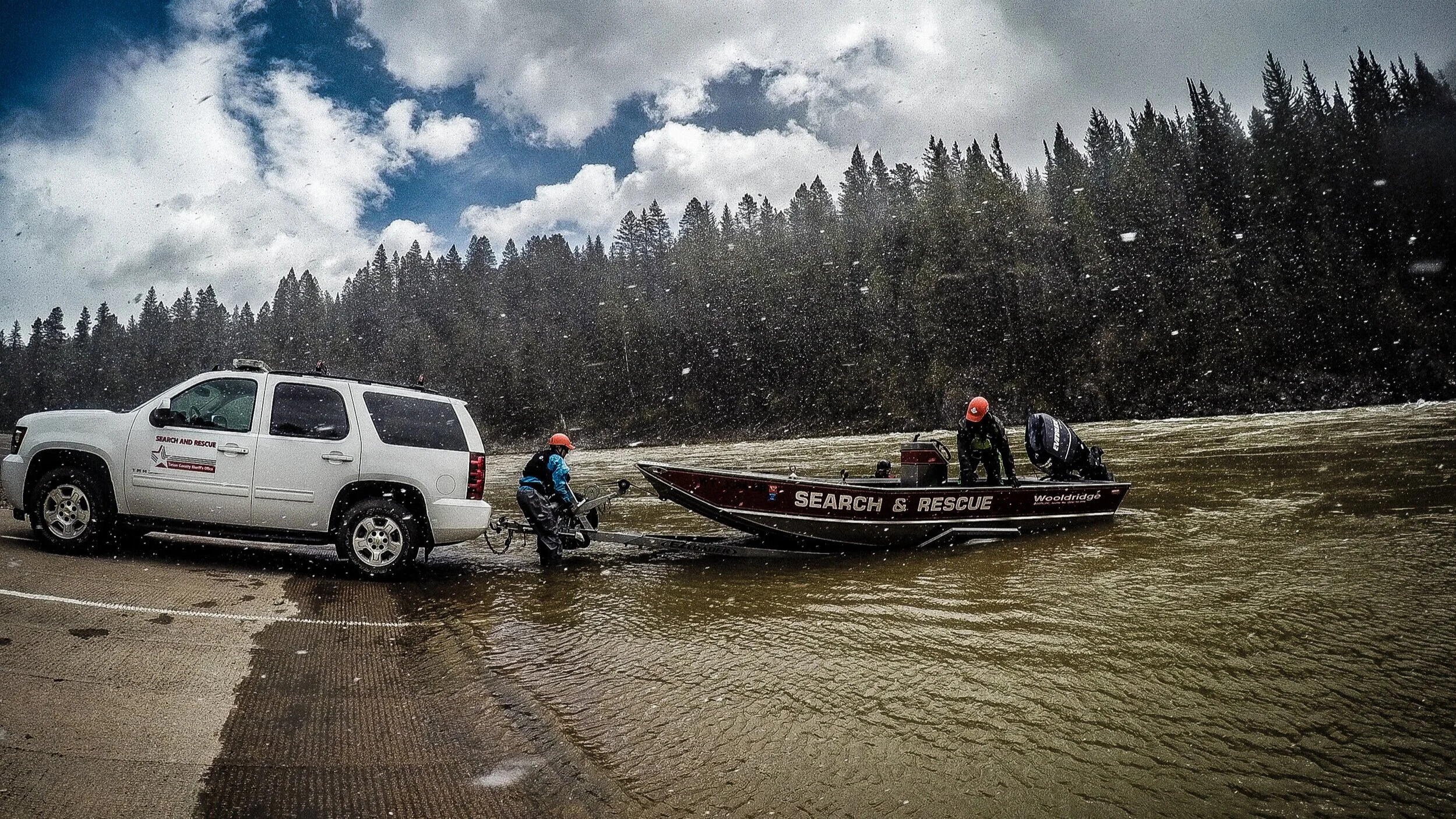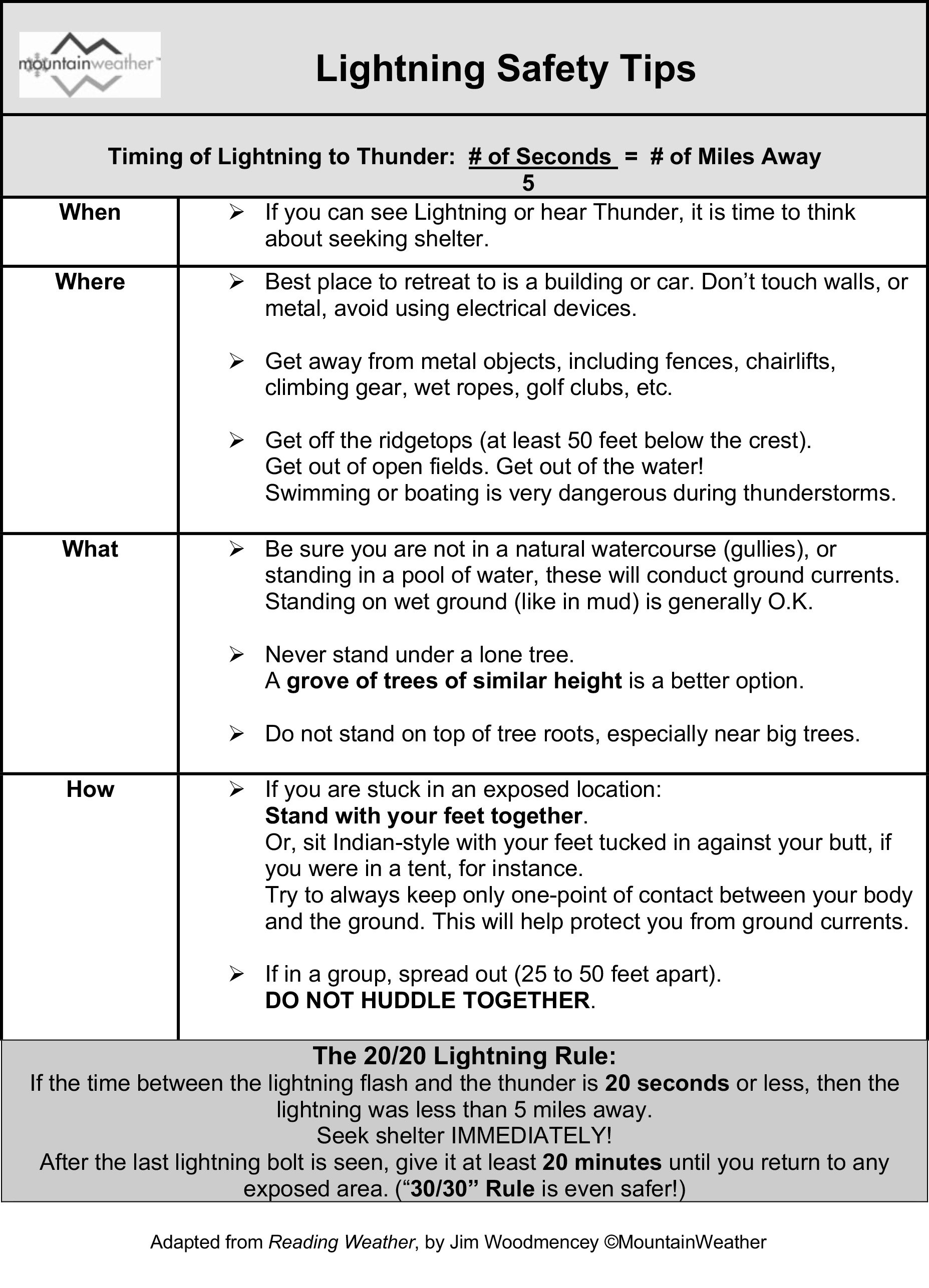You’re not alone if the lightning incident at Enos Lake this week has instilled an elevated sense of fear of thunderstorms in the backcountry. We are having many of those same feelings, as it appears the Enos Lake strike was a random accident. According to preliminary reports, the group had shelters spread across an equitable distance, located in a low-lying area of terrain, and among evenly height trees and shrubs. This is pretty much by the book, according to the National Lightning Safety Institute.
The recent lightning fatality stresses the need to know how to prepare for a lightning storm in the backcountry. This file photo is not from the event in question. Photo: Matt Hansen/TCSAR Foundation
It’s important to remember that lightning fatalities are still rare. This was the first lightning fatality in Wyoming in at least a decade, and only the ninth such fatality this year in the U.S. Given the millions of backcountry user days across our region, the chances of getting struck by lightning are small. And yet it still poses a significant danger and it’s good to know how to minimize your risk. (Our podcast, The Fine Line, dove deep into one of the most dramatic lightning events and rescue efforts in Jackson Hole history.)
So what can you do if you are in the backcountry during lightning activity? A critical piece is being hyper aware of weather patterns and where you are in relation to approaching thunderclouds.
Local meteorologist Jim Woodmencey addressed this question in a recent column for the Jackson Hole News & Guide. He includes the following tips:
1. Get off ridgetops. Avoid open meadows. Get off the lake or out of the water.
2. Never run for cover under a lone tree. A grove of trees of similar height is a better option. Be cognizant to not stand on top of tree roots.
3. Avoid direct contact with any metal or graphite objects. Climbing gear, fishing poles, your bike, hiking poles, etc.
4. If you are stuck in an exposed location, stay put and protect yourself from ground currents by standing still with both feet together. This can prevent the ground current from traveling up through your body.
5. If in a group, never huddle together. Spread out, 25 to 50 feet apart. That way, when the grenade drops fewer people in your party will be affected by the blast.
6. If all else fails, run like hell to get to a safer location, and hope whatever Thor is throwing down that day misses you by a wide margin.
Be safe out there, everyone. For more backcountry safety resources, visit BackcountryZero.com.




